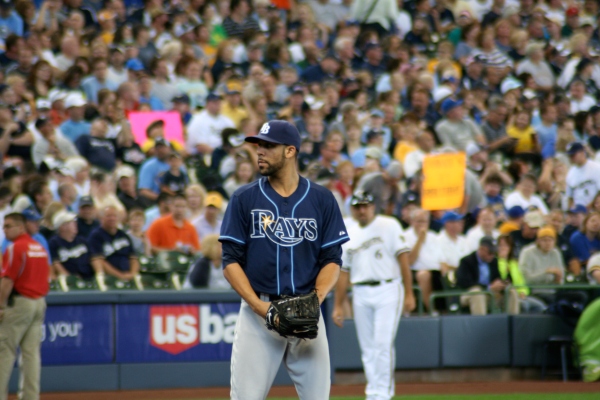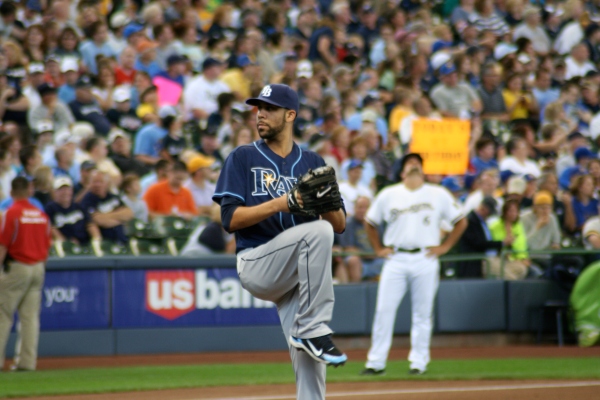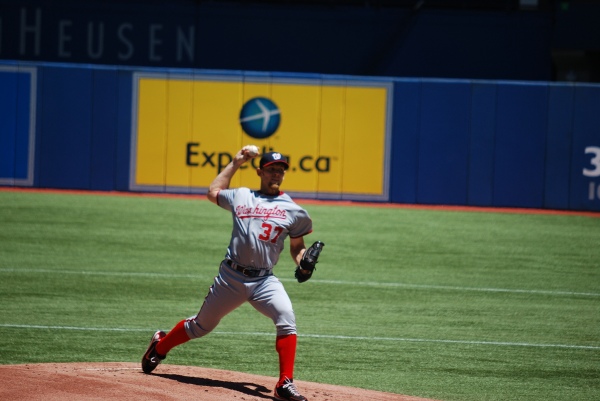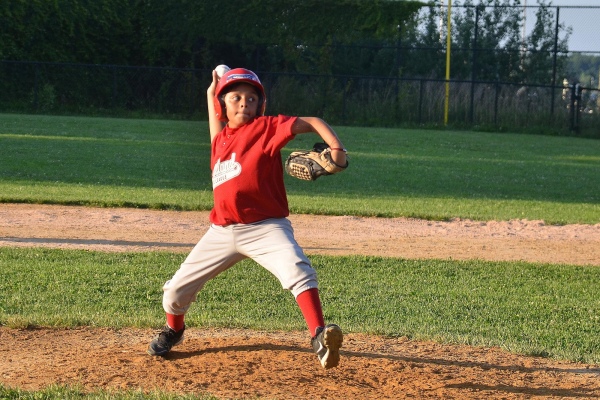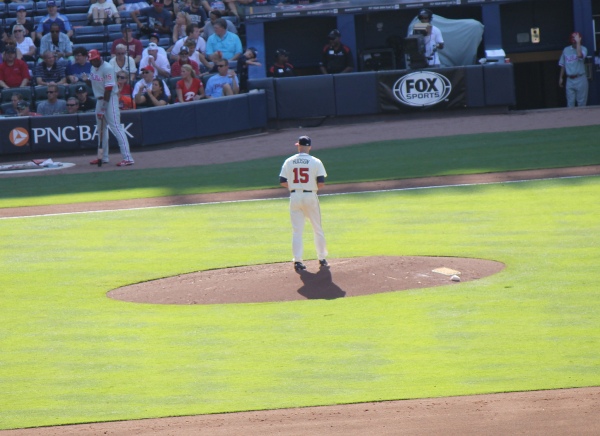It’s that time of the year again, but not that season of Christmas cookies, Santa and disco balls dropping at midnight that you are probably thinking about. Instead, its that time of the year in Major League Baseball where there are blockbuster trades taking place and record shattering contracts being signed. We have already seen the monster trade of Prince Fielder take place and scroll across the bottom of our TV’s on the ESPN ticker. One trade or sign we haven’t seen scroll across that ticker is David Price, the left-handed starting pitcher for the Tampa Bay Rays. The situation of David Price is a complicated one though and the Rays need to decide whether they keep him for the next two years and let him walk in free agency, trade him to another team for top MLB prospects or try to work a deal out with him and sign him long term.
Lets look at and examine those options more below.
Sign Him
Of the three options, this is the least likely to happen by far. The Rays are a small market franchise, that are not able to spend a lot on payroll. The Rays only spent $58 million on payroll in 2013 and that is not nearly enough money to pay Price. Price will be commanding around a 7 year $190 million dollar deal, that will make him the highest paid pitcher in baseball. Price would be about half the payroll for the Rays, so financially it is just not possible, unless he takes a hometown discount (which he won’t).
Related Article: Jeff Passan from Yahoo Sports analyzes the Felix Hernandez contact and how it bodes well for future pitchers like David Price.
Keep Him
The second option is for the Rays to hold on to him one more year and make another playoff push for the World Series. After next year they could either hold on to him for the final year of his deal and let him leave via free agency and get a compensatory draft pick or they trade him before the season or even trade him mid season depending on Rays record.
Related Article: Jamal Wilburg from BleacherReport.com explores if the Rays can figure out a way to keep David Price.
Trade Him
The third and final option for the Rays is to trade him to another team outside of the AL-East. This is the most likely option for the Rays to explore and go through with. Last year the Rays traded both James Shields and Wade Davis to the Kansas City Royals for four players, most notably Wil Meyers the top prospect in baseball. The Rays got one great player and three potentially good or great players for one mediocre pitcher and one great pitcher. If the Rays to trade Price this offseason, expect a similar deal, but one with even better player that the Rays would get in return.
Related Article: Jay Jaffe from Sports Illustrated explores eight possible trade destinations for David Price.
All of those options have their pro’s and con’s and some sound better than others, but a decision has to be made. It’s a tough decision to make and a decision that could alter the future of the Rays organization drastically. I am glad I am not the person who has to make that decision.

